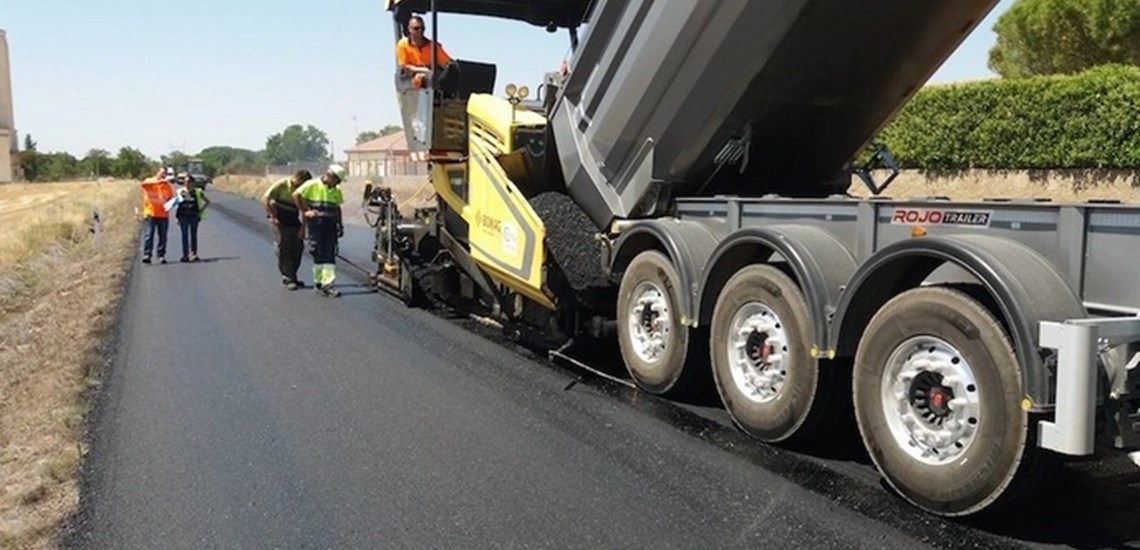Novel asphalt additive for better, safer and environment-friendly roads
EU Funded Project Improves Rubberised Asphalt Technology
Crumb rubber in road surfacing has a long history going back to the early 1960s when California used rubberised asphalt to overcome issues with its concrete roadways.
On average, 5 kg of crumb rubber can be obtained from one tyre. The use of crumb rubber from end‐of‐life tyres (ELTs) in bituminous (asphalt) mixtures can overcome the pavement industry’s challenges. However, it has not been widely implemented for three main reasons claims the Silent Rubber Team.
“Crumb rubber alone can’t be placed directly in the mixes because it will swell and absorb the bitumen thus eroding and deteriorating the pavement,” explains Maria de la O Terciado, coordinator of the EU-funded Silent Rubber Pave project.
“The wet method works well but requires contractors to buy expensive equipment. If crumb rubber is used in terminal blends, it’s essentially a waste of product because it becomes completely digested over time.”
The Silent Rubber Pave team manufactured RARx, an innovative product that introduces a large amount of crumb rubber powder from ELTs to roads.
It incorporates this powdered rubber into asphalt mixtures. The powder, which makes up about 60 per cent of its composition, is pretreated with bitumen and other mineral additives.
RARx modifies plain bitumen by increasing its performance grading, resilience and recovery properties. It can be added to any type of hot mix asphalt for replacing part of the bitumen at different proportions.
It is easy to store, transport and work within asphalt plants. RARx’s technical features are claimed to be an improvement over current solutions in the asphalt and road construction market.
It also has a competitive price advantage over competitors. RARx optimises asphalt packages by up to 50 per cent, with considerable savings on site. Employing RARx in mixtures can save up to 46 per cent in costs, with savings of up to EUR 50 000 per km of road built.
A life-cycle cost analysis demonstrates that RARx enables the production and installation of longer-lasting asphalt mixes that use much more efficient construction systems.
Introducing crumb rubber powder to roads is challenging because the asphalt mixes domain involves a lot of normalisation and standardisation worldwide. “It’s difficult to find a country that doesn’t have its own regulations for use,” comments de la O Terciado.
“In this sense, introducing RARx to the markets is complex, since it requires a process of regulatory study and adaptation to its own standards to convert it into a product that can be used regularly.”
Silent Rubber Pave is seeking the necessary approvals to commercialise RARx in Spain, then other European countries, followed by Asia and the United States. This has led to the creation of the joint venture CIRTEC, a Spanish company that is the driving force behind RARx in the market. The product is currently being used on the streets of Madrid. “RARx will enable plants to manufacture high-performance asphalt mixtures for small or large works without incurring extra energy costs,” concludes de la O Terciado.
“Silent Rubber Pave will result in more technically sound roads, give new life to ELTs, lead to cost-efficient road projects and ultimately make the circular economy in the pavement industry a reality.”




















